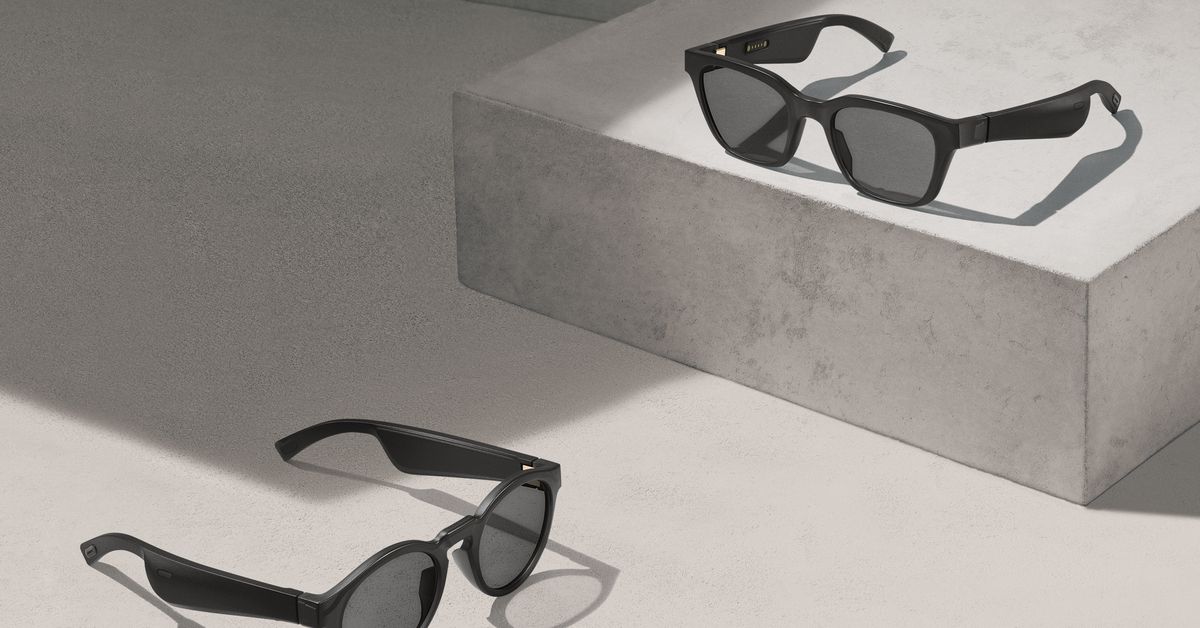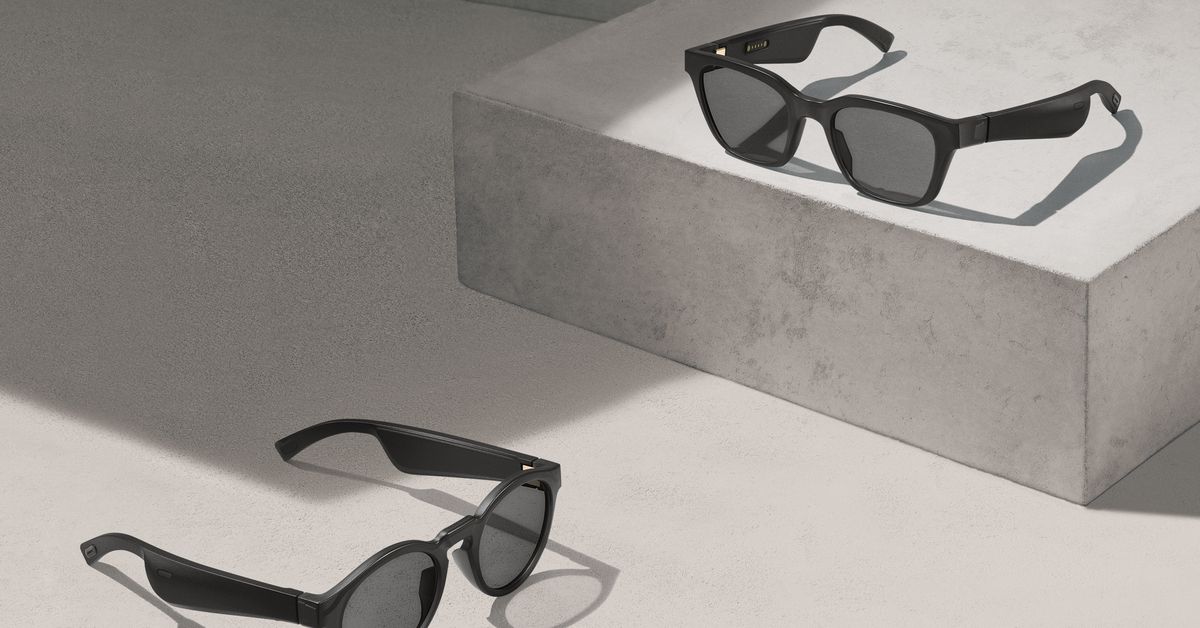
Bose is giving up on its augmented reality project, two years after debuting the idea at SXSW. As first reported by Protocol, employees working on AR at the company have left or were laid off; Bose’s partners were told their apps would stop working in the coming weeks; and the company scrubbed mentions of AR from its website in addition to closing its public AR SDK in April. The main proponent of AR at the company, SVP John Gordon, also left last summer.
“Bose AR didn’t become what we envisioned,” a Bose spokesperson told Protocol. “It’s not the first time our technology couldn’t be commercialized the way we planned, but components of it will be used to help Bose owners in a different way. We’re good with that. Because our research is for them, not us.”
Bose’s AR focused on sound rather than visuals. It established a $50 million fund for Bose AR developers, and initially worked with 11 software partners including Yelp and TripAdvisor. The company launched its Frames sunglasses in January 2019 for $199, which played audio from the arms. It also featured a microphone and embedded button, as well as app functionality. The AR feature relied on a smartphone’s GPS and a motion sensor to determine where a person was looking and standing. The idea was that the glasses could provide information on whatever someone was seeing. It’s unclear how the company’s AR work might be used in future products or how the Frames will hold up, but The Verge has reached out for clarification.
This news comes after a tough year for Bose: it announced that it’d close all its 119 physical retail stores in North America, Europe, Australia, and Japan, which led to hundreds of people being laid off. At the same time, the broader AR industry has failed recently, too. Magic Leap, a hyped startup, laid off around 1,000 employees; its CEO stepped down; and the company left the consumer hardware space earlier this year. Two other companies, ODG and Daqri, also shut down over the past year and a half. Bose clearly couldn’t make AR work for its products, either, which doesn’t bode well for the broader AR industry.
